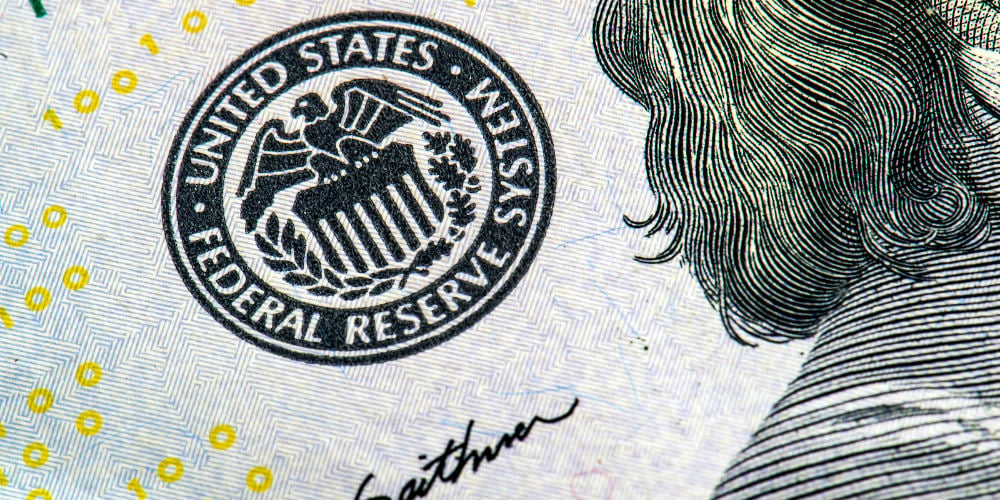Rates on the move
Four scenarios to test

Many are celebrating that rates are finally moving up, but there is plenty of uncertainty to go along with the shift. Just last September, half of the Federal Open Market Committee members expected a rate hike in 2022 and half didn’t. Inflation was forecast at 2.3% for 2022. To say things have changed is an understatement. And with far higher inflation and a war in Ukraine, today’s expectations could be just as fleeting.
Preparing decision-makers for a range of different outcomes is key. Here are four scenarios to run (if you haven’t done so already) that capture some of the less-expected situations.
1. Loan Pricing Doesn’t Move as Anticipated
Given all the change, many are looking at budget and other financial reforecasts and what-ifs. Be sure to include loan pricing that doesn’t move in lockstep with market rates. Consumer loan pricing can be influenced, not only by market rates but also by the amount of liquidity in the system and demand for loans. Currently, demand for autos remains high, but their lack of availability has resulted in low demand for loans, causing downward pressure on loan rates. What happens if consumer loan rates only increase 50% of the market movement or if rate increases lag for a year?
continue reading »
